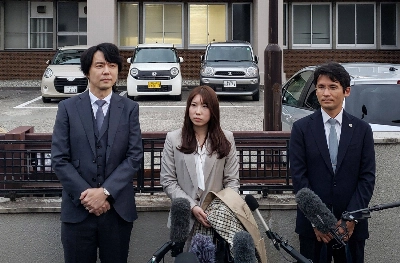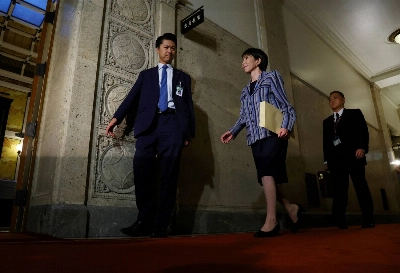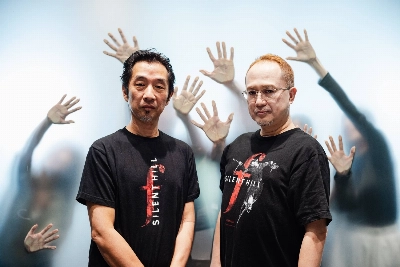Japanese science-fiction animation, from Katsuhiro Otomo's seminal "Akira" (1988) on, often points toward a post-apocalyptic, post-human future. For all the blasts 'n' babes, the curvy heroines in Spandex pouring thousands of rounds into clanking foes, the essential vision is dark -- more "Blade Runner" than "Star Wars." Japan's nuclear-ravaged past is one source; another is its cultural enthusiasm for all things robotic -- from Tetsuwan Atom ("Atom Boy") to Morning Musume.
Not all Japanese animators are following the same path into the dystopian gloom, however. Based on a manga by Shirow Masamune, Mamoru Oshii's "Kokaku Kidotai (Ghost in the Shell)" (1995) went beyond the usual man-as-machine tropes to explore a world in which cyborgs have souls -- only we find that what remains of humanity is merging with the digital data stream.
In place of the relentless visual and aural pounding, which was the genre standard then, Oshii opted for a slower pace -- deep-think dialogues, eerily beautiful cityscapes and music by Kenji Kawai that created, with its pulsing rhythm and unearthly female voices, a strangely seductive mood. (It's music for a dreamy limo ride with a cyborg lover.) Yes, there were blasts and babes, particularly the cyborg cop Motoko Kusanagi -- who ended up as a disembodied brain -- but the film was less a genre product than an expression of Oshii's own, disturbingly prescient vision.


















With your current subscription plan you can comment on stories. However, before writing your first comment, please create a display name in the Profile section of your subscriber account page.